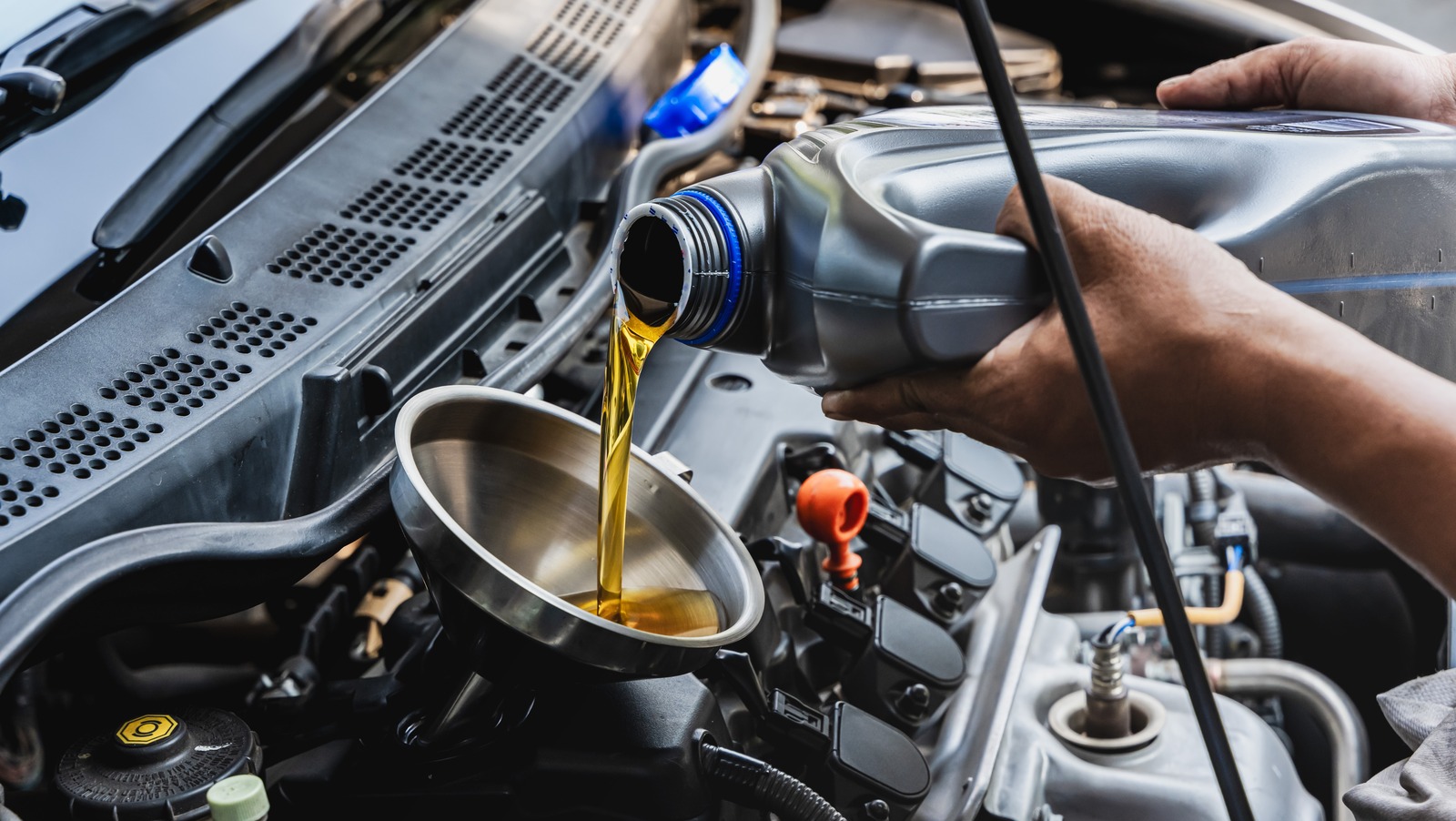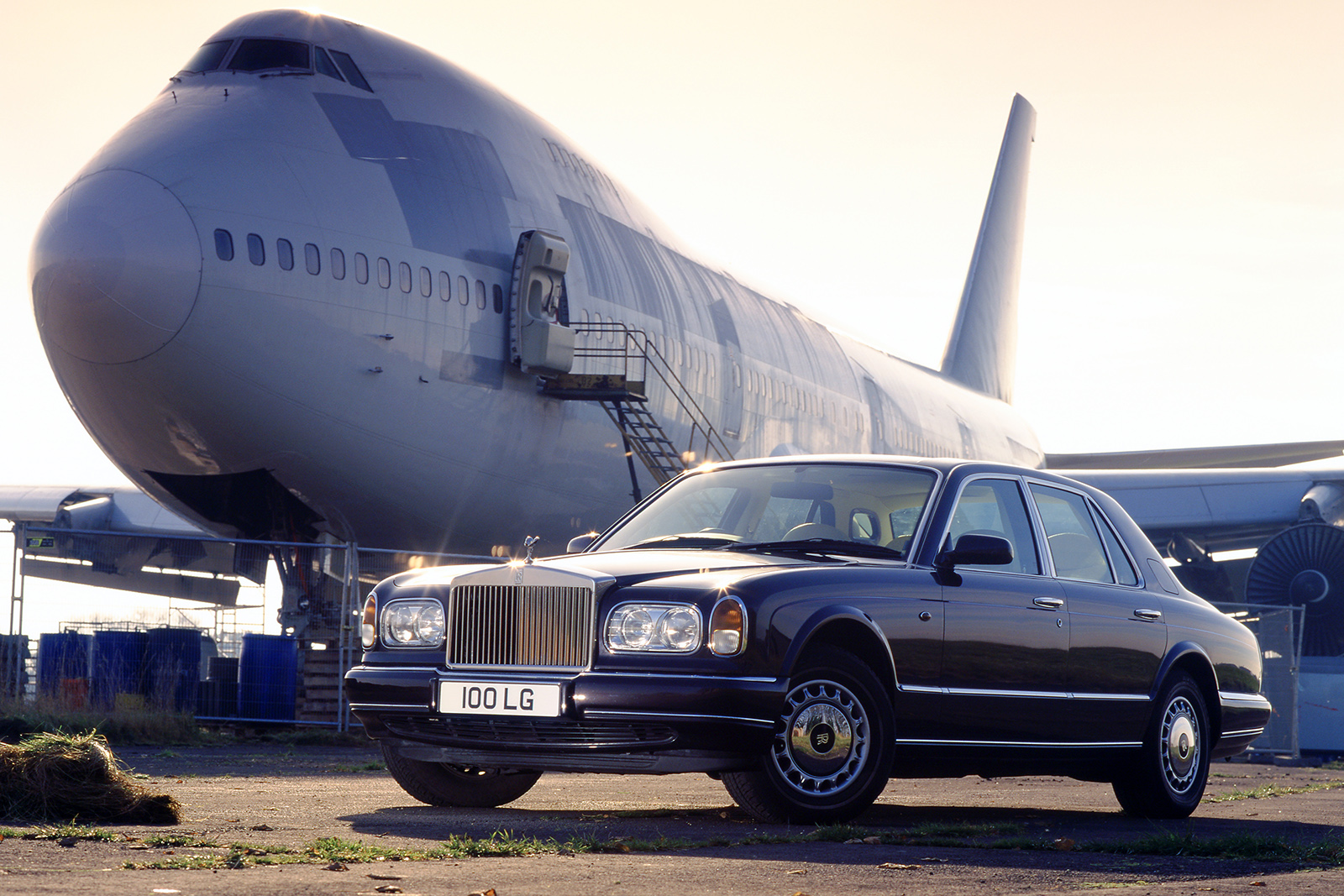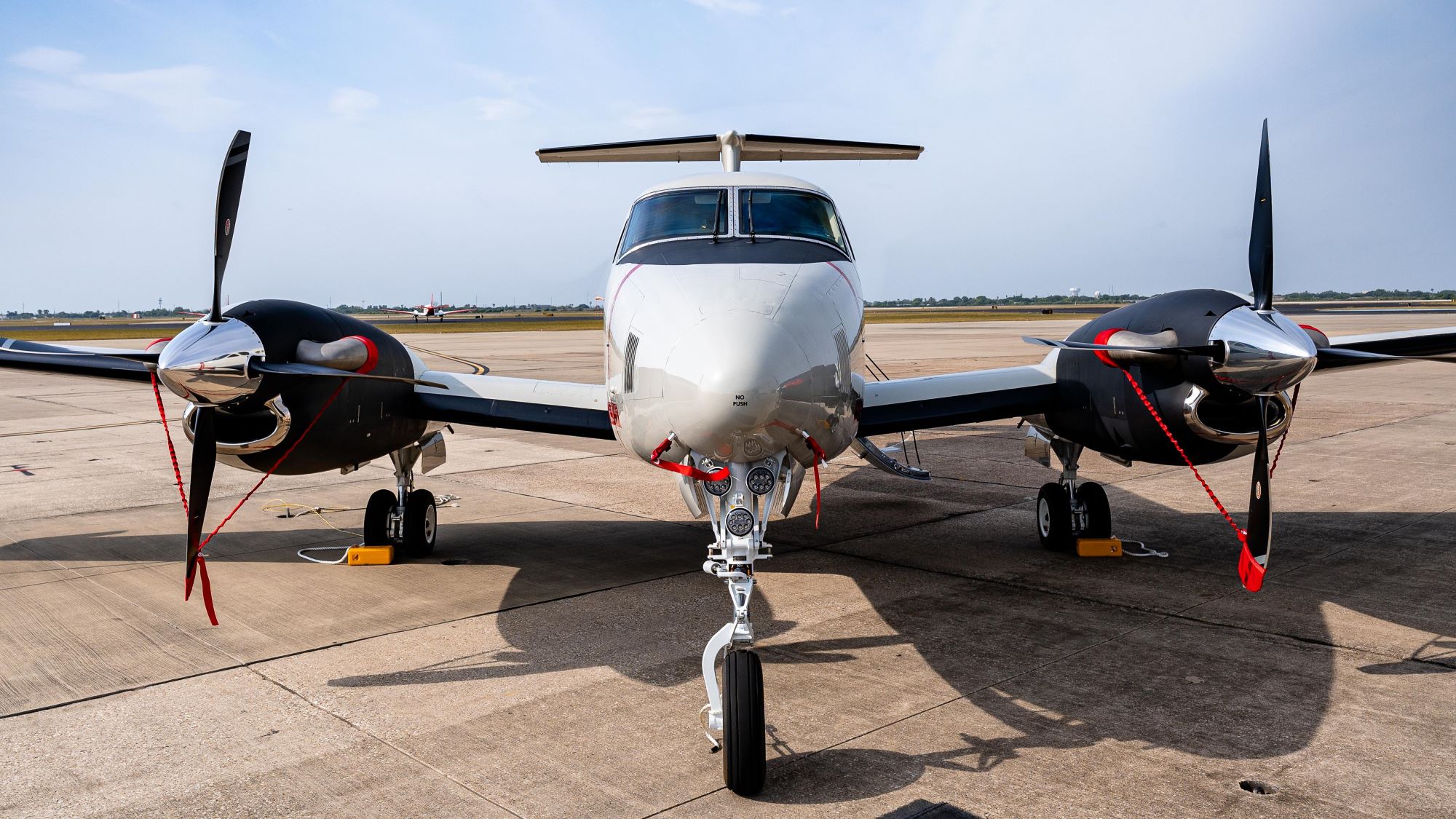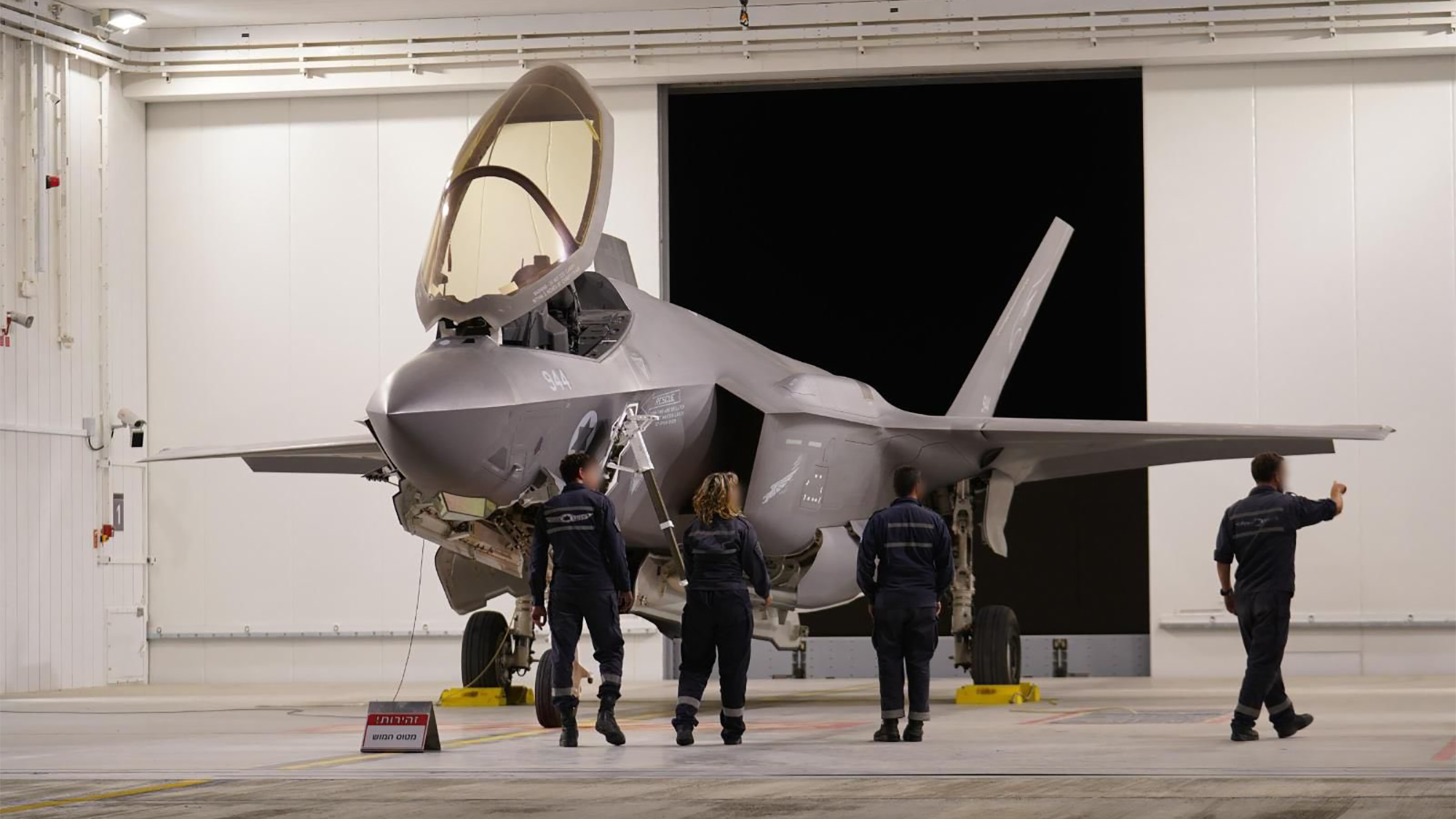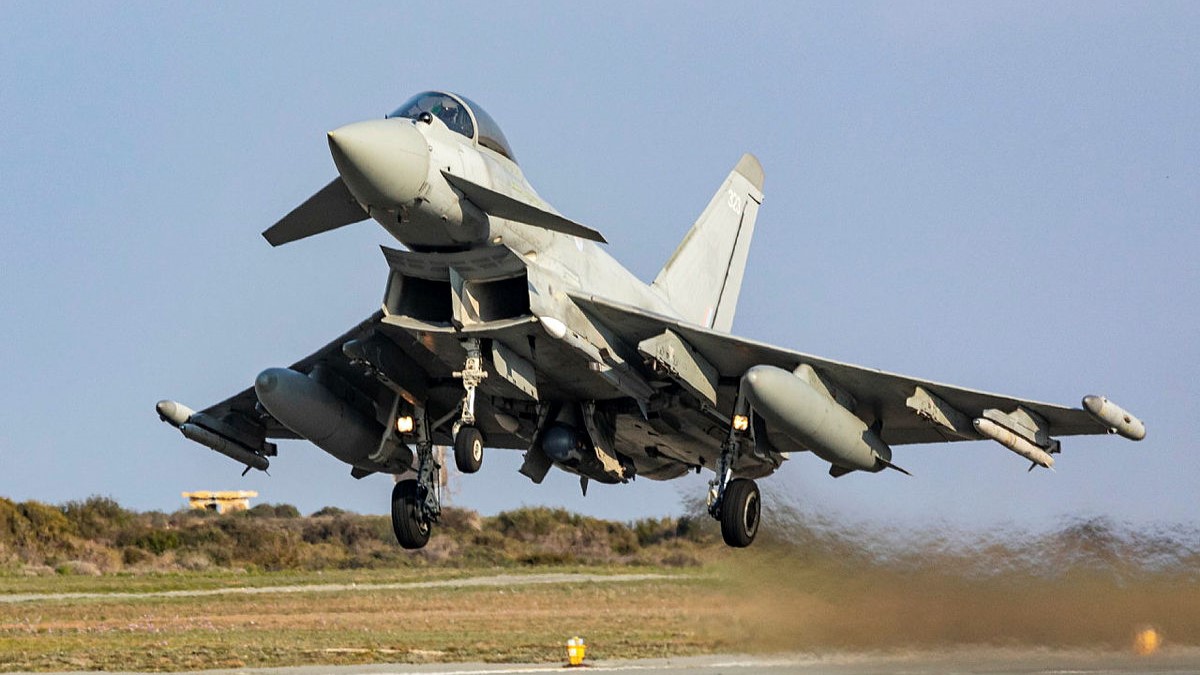Autonomous Drones and Robotics: The Future of Warehousing and Last-Mile Delivery
Autonomous systems are becoming an integral part of modern logistics infrastructure. The convergence of robotics, artificial intelligence, and sensor technologies is enabling new levels of automation in both warehouse operations and last-mile delivery. These systems are no longer in the prototype phase; they are in active deployment across multiple industry sectors. Warehouse Robotics: Systematic Redesign […] The post Autonomous Drones and Robotics: The Future of Warehousing and Last-Mile Delivery appeared first on Logistics Viewpoints.


 Autonomous systems are becoming an integral part of modern logistics infrastructure. The convergence of robotics, artificial intelligence, and sensor technologies is enabling new levels of automation in both warehouse operations and last-mile delivery. These systems are no longer in the prototype phase; they are in active deployment across multiple industry sectors.
Autonomous systems are becoming an integral part of modern logistics infrastructure. The convergence of robotics, artificial intelligence, and sensor technologies is enabling new levels of automation in both warehouse operations and last-mile delivery. These systems are no longer in the prototype phase; they are in active deployment across multiple industry sectors.
Warehouse Robotics: Systematic Redesign of Core Functions
Warehouse operations have historically relied on manual labor for tasks such as picking, sorting, inventory management, and material handling. Robotic systems now perform many of these tasks with higher consistency and fewer interruptions.
- Autonomous Mobile Robots (AMRs) navigate dynamic environments using LiDAR, cameras, and SLAM (Simultaneous Localization and Mapping). They adapt to changing layouts and perform zone picking and goods-to-person operations.
- Automated Guided Vehicles (AGVs) follow predefined routes and are well-suited for repetitive, fixed-path material transport.
- Collaborative Robots (Cobots) are used near humans and support tasks such as assembly, packing, or workstation help.
- Autonomous Case-handling Robots (ACRs) manage heavier loads and multiple cases per cycle.
- Automated Storage and Retrieval Systems (ASRS) increase vertical density and reduce space requirements.
These systems are often implemented incrementally, allowing organizations to scale according to operational requirements. Robotics-as-a-Service (RaaS) models further reduce capital investment barriers.
Inventory Management: Measurable Efficiency Gains
Autonomous drones have demonstrated quantifiable improvements in inventory tracking accuracy and labor efficiency.
- Langham Logistics used Gather AI drones to improve inventory accuracy from 97% to over 99.9%, while reducing cycle count time tenfold.
- NFI decreased annual inventory count hours from 4,400 to 800 using autonomous drones, scanning three times more locations.
- GNC deployed Corvus One drones, achieving 99.9% accuracy and reallocating labor from cycle counting to higher-value tasks.
These drones work independently, integrate with WMS or standalone exports (CSV, XLS), and reduce the need for lifts or cold-storage exposure.
Material Handling: Predictable Throughput and Safety Benefits
Autonomous systems manage repetitive or hazardous tasks with consistent output. Robots such as Amazon’s Proteus help in sorting and transporting items within distribution centers. These systems keep 24/7 operation without performance degradation due to fatigue or environmental conditions.
Safety improvements include a reduction in workplace injuries, particularly in cold storage and high-traffic forklift zones. Companies report productivity increases as manual labor is redirected toward supervisory or exception-based roles.
Last-Mile Delivery: Use Case-Specific Autonomy
Autonomous last-mile systems fall into two categories: aerial drones and ground-based delivery robots.
- Wing, Amazon Prime Air, and Walmart are conducting drone trials for small-package deliveries. These drones reduce delivery time by bypassing road congestion and reaching remote areas.
- Starship Technologies and Nuro deploy ground vehicles equipped with cameras, radar, and computer vision to navigate urban environments. Starship reports over 5 million completed deliveries.
The economics of drone delivery suggest potential cost per package as low as one or two dollars once multi-drone operation scales are achieved. However, drone payload capacity remains limited. Ground robots can manage larger or heavier items and are more suited for urban sidewalks and campus logistics.
Technical Infrastructure: Requirements for Scalable Deployment
Autonomous systems rely on a foundation of integrated technologies:
- Artificial Intelligence (AI) for navigation, recognition, and decision-making.
- Sensor arrays including LiDAR, radar, and ultrasonic inputs for obstacle detection.
- SLAM for environmental mapping and localization in real time.
- 5G connectivity for low-latency coordination, high-density device integration, and private network security.
- IoT frameworks for telemetry, fleet management, and system diagnostics.
Without reliable connectivity and sensor fusion, performance degradation or safety risks increase, especially in dynamic environments.
Regulatory and Legal Considerations
The current regulatory environment is incomplete:
- In the U.S., FAA Part 107 rules limit drone flights to within visual line of sight (VLOS). BVLOS operations require waivers or special exemptions.
- The NHTSA has issued a framework for automated vehicles, but state-by-state variation still applies.
- In the EU, upcoming legislation including the Machinery Regulation, Product Liability Directive, and AI Act will increase liability and documentation requirements for robotics manufacturers and operators.
Issues such as fault attribution, software safety, and cybersecurity introduce complexity. For example, if a warehouse robot or delivery drone causes damage, finding whether fault lies with the equipment manufacturer, AI developer, or operator is still a legal challenge.
Workforce Transition
Automation does not eliminate labor, but it changes the nature of required skills. Roles increasingly involve monitoring, diagnostics, maintenance, and exception handling. This shift requires retraining, especially for roles that previously relied on physical labor.
Reduced exposure to hazardous conditions, improved cycle times, and fewer injuries are cited as measurable benefits. However, workforce planning must include retraining pathways to avoid skill redundancy.
Deployment Outlook
Adoption will depend on four variables:
- Cost efficiency at scale compared to manual operations.
- Regulatory clarity enabling reliable deployment across jurisdictions.
- Integration with existing infrastructure and logistics platforms.
- Operational consistency under real-world conditions.
Autonomous drones and robotics are no longer speculative technologies—they are operational tools being implemented across logistics networks to meet evolving cost, labor, and service demands. Their deployment in warehousing improves inventory accuracy, reduces manual workload, and increases throughput. In last-mile delivery, autonomous systems provide alternatives to human couriers in constrained environments. However, their integration requires careful consideration of infrastructure, regulatory alignment, and workforce implications. Organizations that approach adoption methodically—prioritizing reliability, interoperability, and risk mitigation—will be best positioned to realize long-term operational efficiencies and resilience in an increasingly automated supply chain environment.
Learn More! Download the Executive Summary of our Autonomous Mobile Robots (AMR) Research Here:
The post Autonomous Drones and Robotics: The Future of Warehousing and Last-Mile Delivery appeared first on Logistics Viewpoints.







